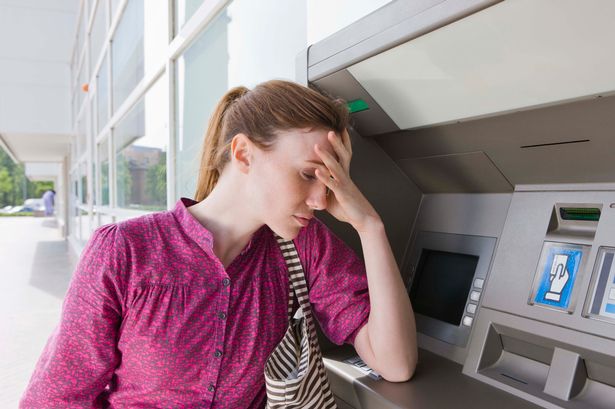The Bank of England has raised interest rates to 5% from 4.5%, the highest rate in 15 years.
The move is set to deepen the mortgage crisis as borrowing costs are hiked up for the 13th time in a row. The 0.5 percentage point increase was the sharpest increase since February, surprising economists who had been expecting a smaller hike of 0.25 percentage points.
It follows a higher-than-expected inflation reading in May as continued price rises forced policymakers into action in a bid to bring inflation down to the 2% target. It comes amid growing calls for the Government to do more to help mortgage borrowers who are set for a big jump in their monthly repayments.
READ MORE: Why is inflation still so high and what does it mean for me?
The Bank of England has a target to try to get the rate of inflation to around 2%. In order to drag inflation down quickly, the most commonly used policy tool used by the central bank is increasing the base interest rate.
Increases to interest rates are designed to reduce demand from people to borrow money, because of the higher charges they will face, and encourage people to save their cash.
It is hoped that lower spending and increased saving will encourage firms to reduce prices to keep customers purchasing products or services, helping to reduce the rate of inflation.
Essentially, interest rate rises are good news for savers and bad news for borrowers. Top saving deals have been rising rapidly, as have mortgage repayments for those not on a fixed mortgage.
The average two-year fixed mortgage rate is now 6.19%, according to Moneyfacts. The average five-year fix is 5.82%, and these are up from 2.59% and 2.82% last year.
Receive newsletters with the latest news, sport and what's on updates from the Liverpool ECHO by signing up here

